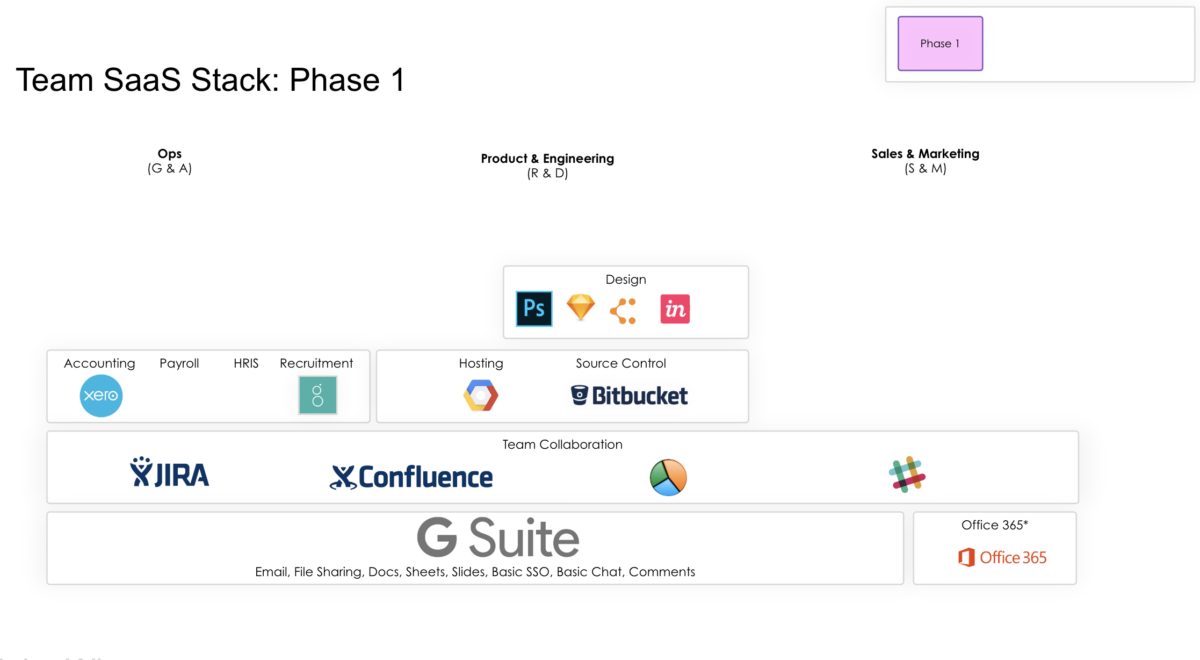Where’s the team? Is it in house? Why is it remote? People are interested. They have a right to know. However, I am always interested to find out what’s behind the question.
My data sample is small and built from my experience as CTO and working on consulting projects. So I am biased. Nevertheless, I think once you find more about the person asking the question you can correlate their view fairly accurately to the perceived right answer.
If the person is a recruiter or a talent manager, commonly the view is that in house creates better team dynamics and creates more hiring work which people with local hiring experience are more comfortable with.
If the person is from a finance department, the outcome is diagonally different. The cost, time to market and scale play a big part as to what good looks like.
Is the person is a CEO or an investor, there is no given right answer usually as there is awareness that not one answer fits all situations. And usually the strategic decision about the team make up is taken considering many variables but primarily where can I hire the best people to grow my business fast.
Finally, if the person is an engineer, she or he won’t care. Why? Because engineers want to work with the best engineers, making location irrelevant.
Having managed teams of 2 people to 60+, I think what’s important is how one is organised, what processes are followed and how well work is documented and tracked.
Usually default opinion backing the in house teams option is hidden behind poor communication, undeveloped technology strategy, immature operating model and incomplete documentation (stories, roadmap, tests). Lack of any of above is not a good enough reason to pick any option. Don’t miss on top talent for being lazy.
